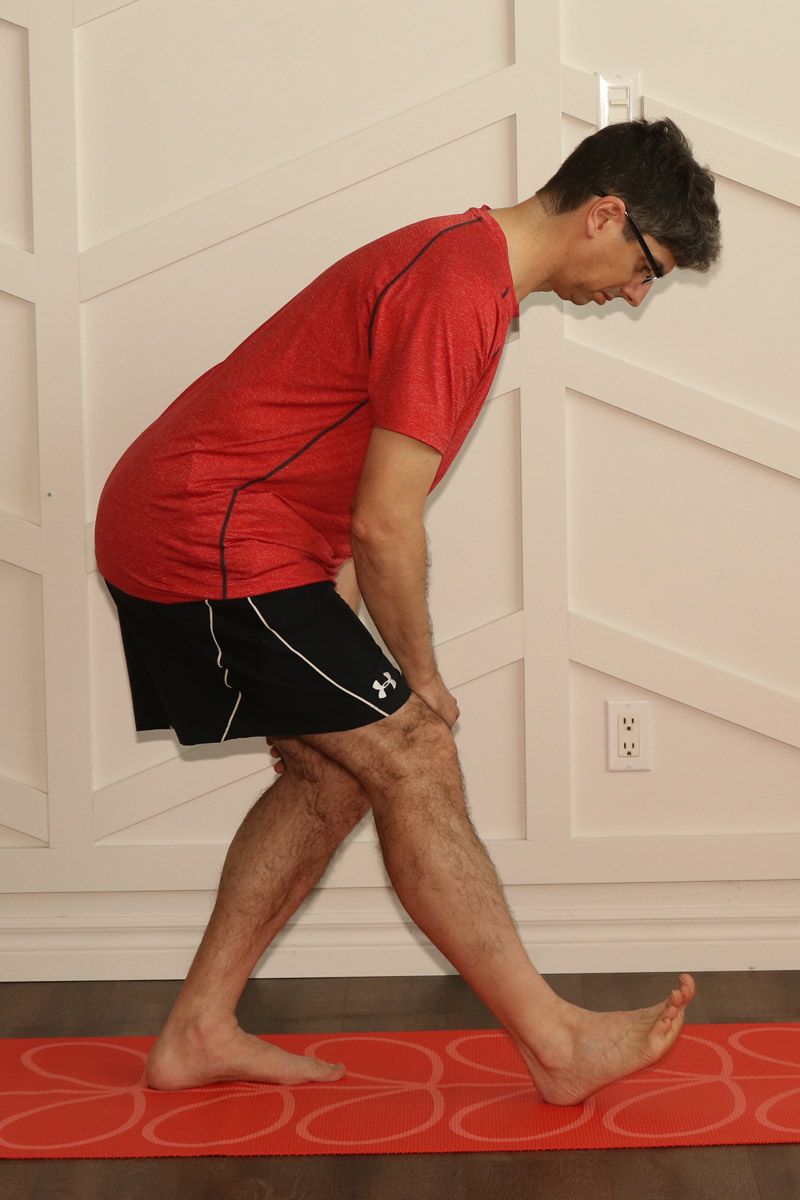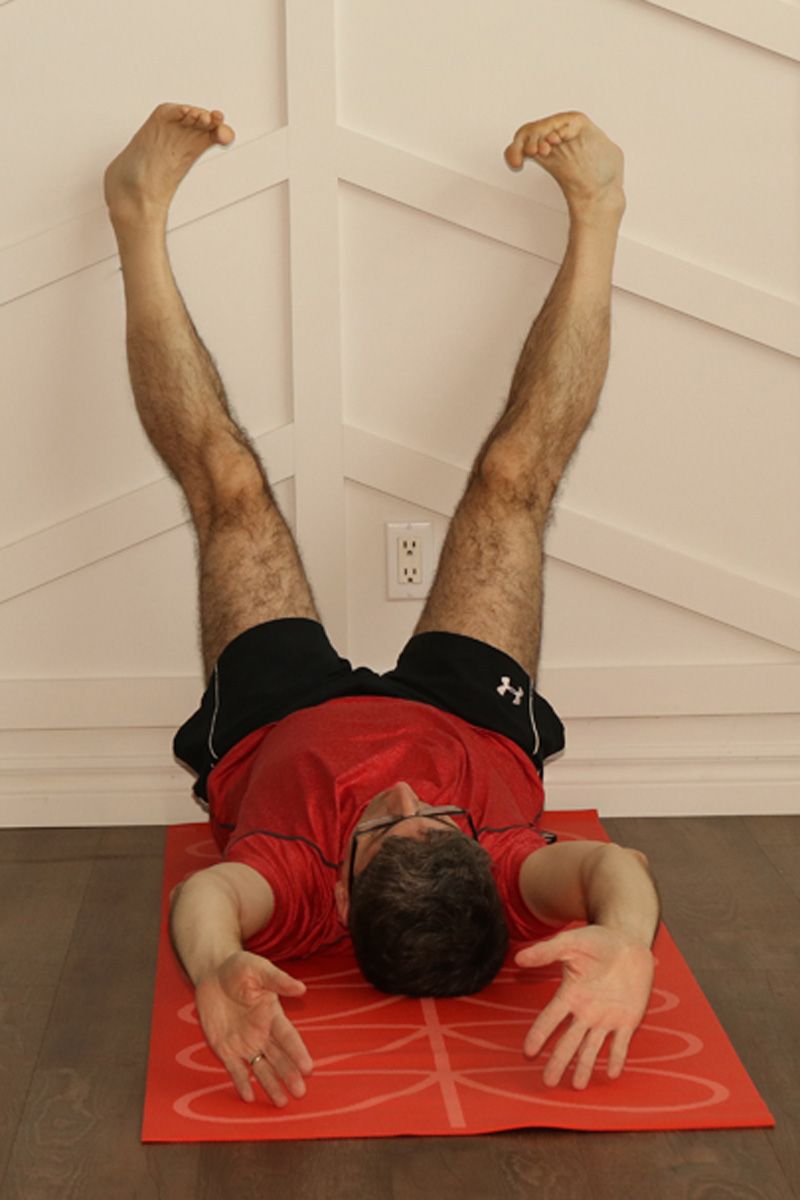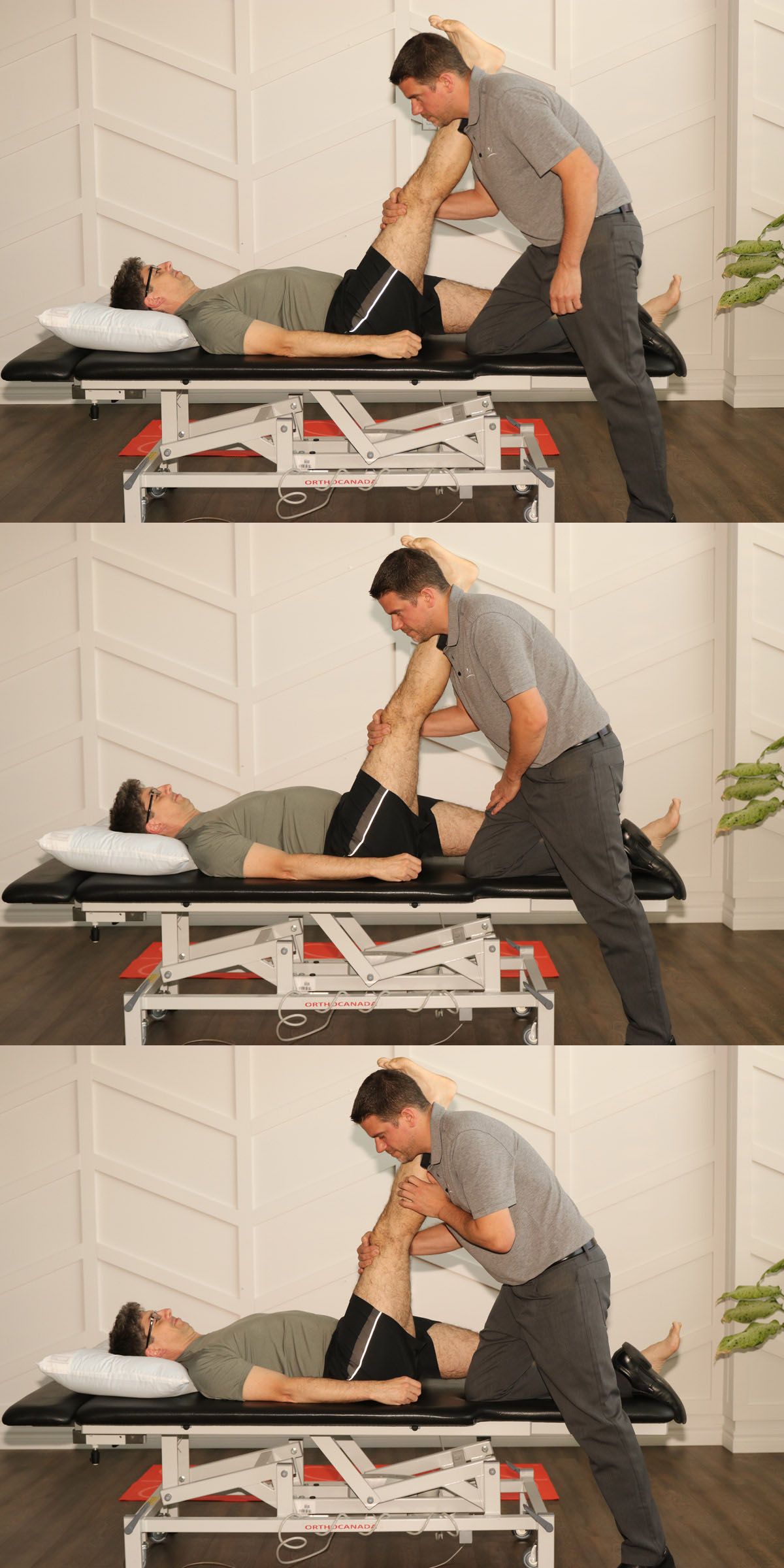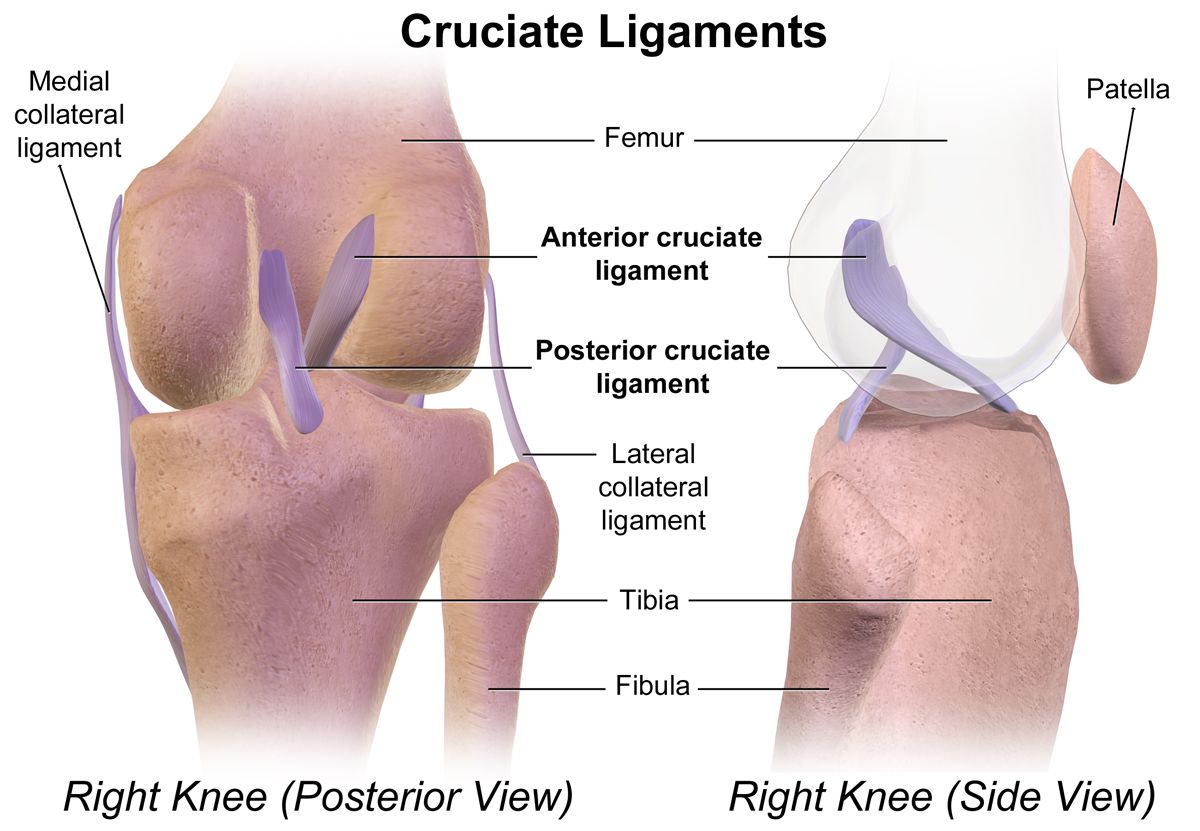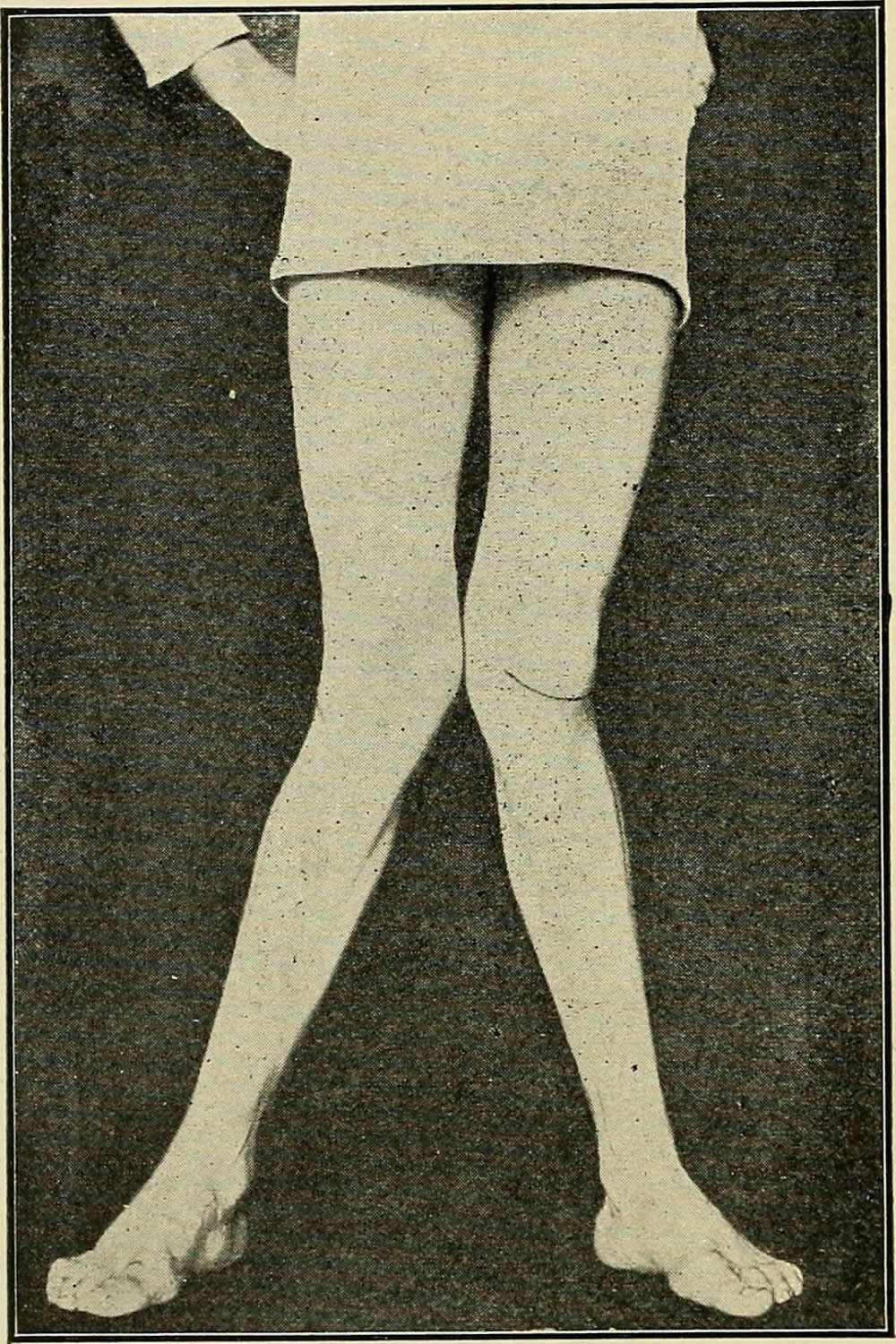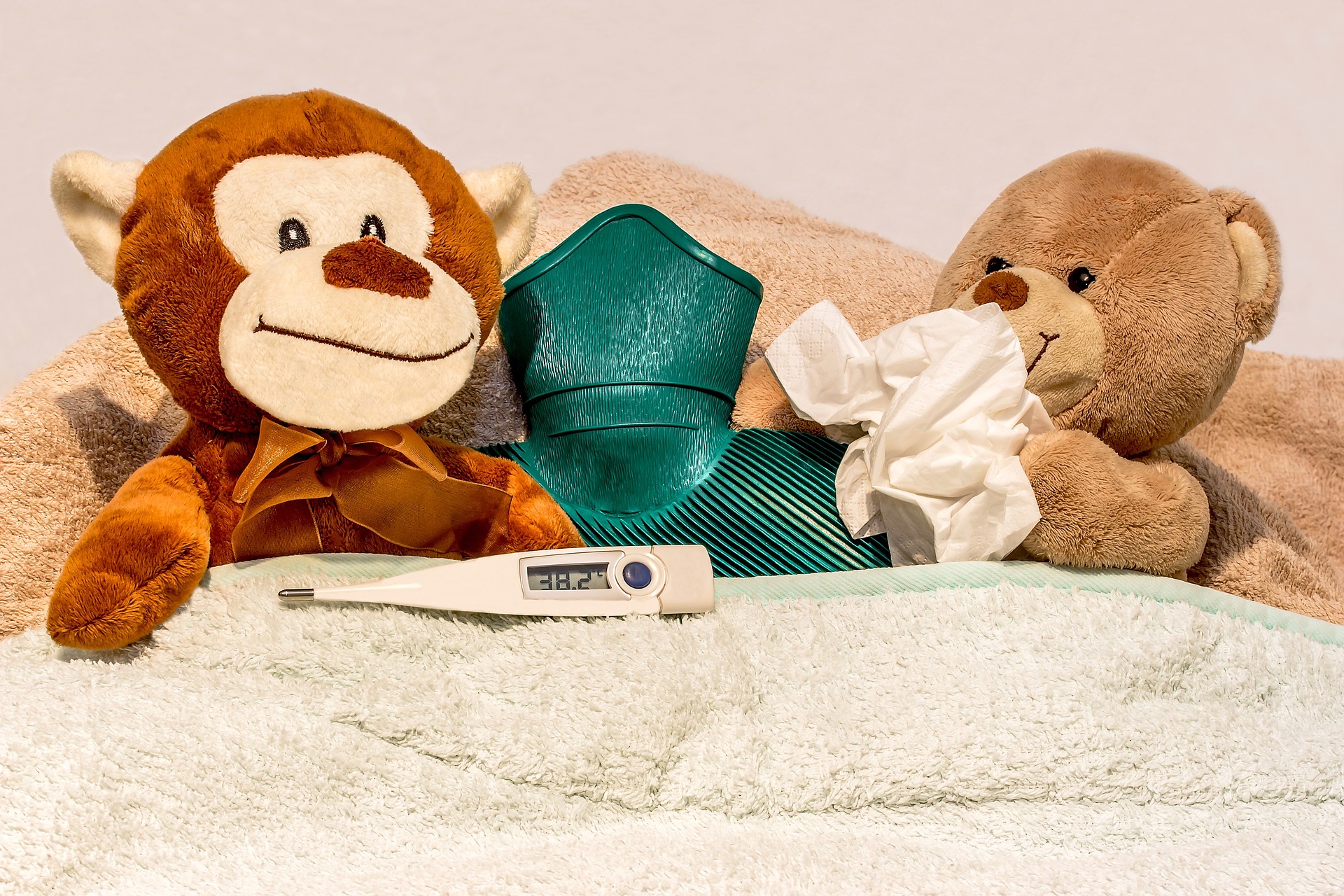What is a woman’s most crucial role in her partner’s life?
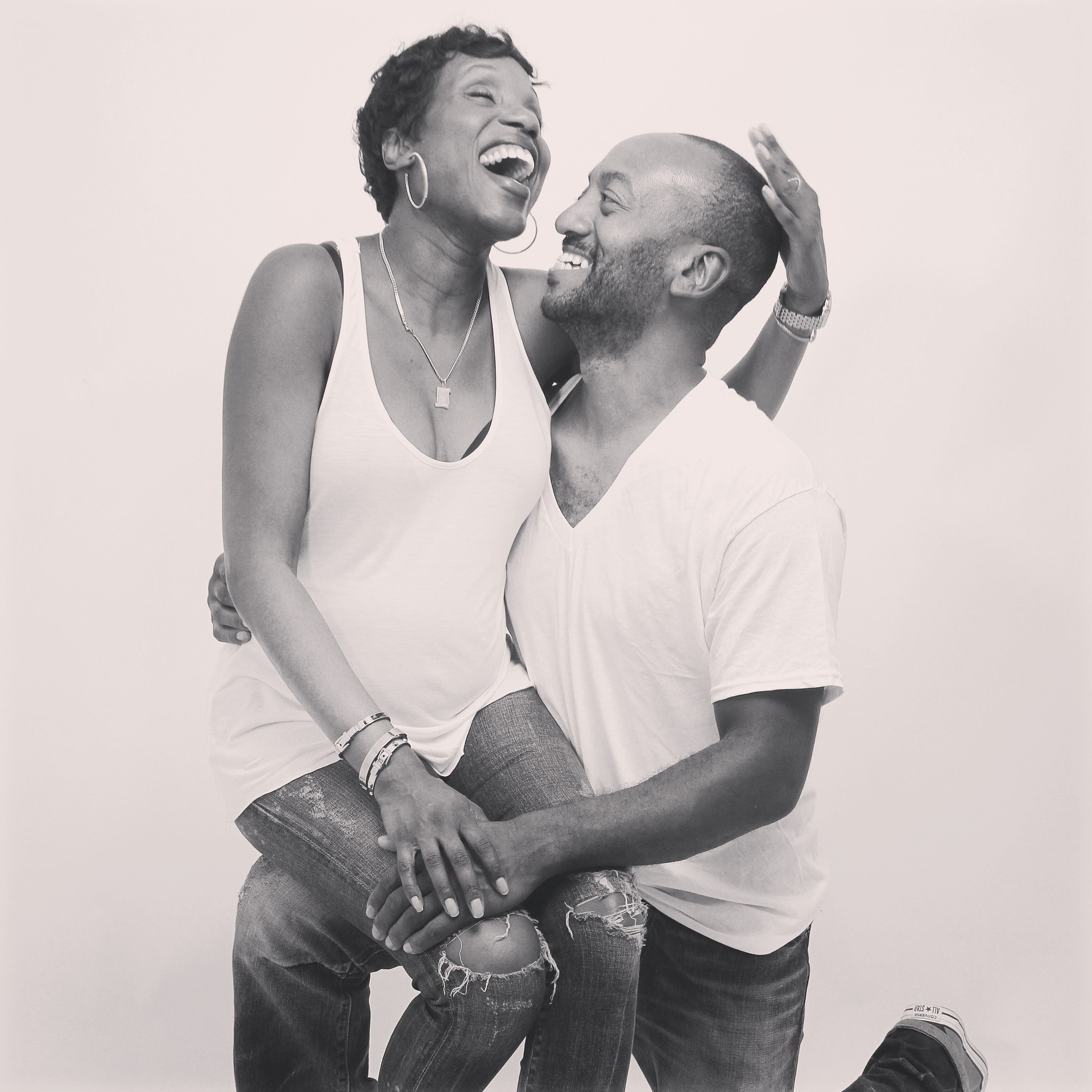
What is a woman's most crucial role is her partner's life?
I always ask my clients about their childhood and their relationships with their parents. Why? Because our unhealed relationships with one or both parents affect our adult love relationships. Our partner becomes the proxy for the parent we have issues with. Our partner is our primary attachment figure and replaces our first attachment figures. Hence, lots of triggers with our partner are us reacting to them as if they are that parent we have issues with. We are especially sensitive to the unresolved issues with our parents. If you had a mother whose needs seemed to overshadow your own, you would be highly sensitive when your partner appears needy. If you had a father who dismissed your emotions, you would be extra hypersensitive to your partner, ignoring your feelings. If you had a highly critical caretaker, you would respond with defensiveness to any criticism from your partner.
Our first relationship is usually with our mother, and that codes an imprint of what love is all about. But, for a man, it also informs his relationship with all women. How he relates to any woman in his life, his female school teachers, his sisters, his girl-friends, his female bosses, his daughters and so on, is affected by his original relationship with his mother, stepmother or adoptive mother and what he learns about women.
There is not much I haven’t heard regarding relationship issues or relationship advice over the last 16 years as a coach. However, a few weeks ago, I listened to a podcast with love coach Annie Lalla who made a simultaneously simple and profound comment on her understanding of the most important role a wife has in her husband’s life. Let's change the gender-specific phrase to the most crucial role you have in your partner’s life, independent of your gender or sexual orientation.
Your key role is “to stand for him having a complete and healthy relationship with his mother” (Annie Lalla). Or, to phrase it more generally, the extent to which your partner is not connected to their parents and understands and forgives their love as fallible or imperfect is the extent to which they will replay these childhood wounds with you. If they carry a sacred wound of anger and bitterness due to not being loved how they needed to be, this bitter resentment will arise in your relationship. On the other hand, if they achieve understanding and forgiveness for their childhood caretakers, this will also affect your love relationship positively.
Have you been a daughter-in-law who has bitched about the in-laws or sided with her husband when he complained about his parents? You might have felt that you needed to be on your husband’s side, but you might want to think again. Don’t get me wrong. The first step is always listening, understanding, and acknowledging our partner’s feelings. Their anger and grief are valid. They might even have experienced mild or severe traumas in their childhood due to immature parenting. They require your empathy. However, if they don’t resolve the issues with the parent(s), these wounds will be played out again in your marriage or long-term relationship. So as the proxy of his original caretakers, it is in your best interest to remind your partner that the parents did the best they could. Your most important contribution to your partner’s personal growth and your relationship is encouraging them to heal the issues with their parents.
According to Annie Lalla, that starts by shifting our perspective and “tagging” our parents for everything positive we have learned from them. So without dismissing any traumas, we might have experienced through our parents, what would it be like to recognize them for our privileges or what we have learned from them that serves us today?
How could you acknowledge your parent’s positive input in your life? When I think of my parents, I am grateful for the privileges of education and for having lived abroad. That has opened my horizons and allowed me privileges not everybody had. Whenever I meet new people and feel comfortable chatting with them to make a connection, I am thankful to my mother, who was outgoing and modelled having personal talks with whoever she met. As a teenager, I found her chatting with everybody when we were out and about very annoying, but today I appreciate what she role-modelled. And my father, among others, modelled hard work. He demonstrated that you could achieve academic goals if you put the time and effort in.
My first invitation to you and your partner is to talk about what you are thankful for that you have learned from your parents. My second invitation is to shift your perspective of your partner’s parents if you are rather critical of them. Finally, encourage your partner to work on any childhood traumas and ultimately to accept and forgive his flawed parents, step-parents or adoptive parents.
If you would like help changing your perspective of your parents or in-laws, reach out for a free consultation.
Angelika
905-335-0372
This email address is being protected from spambots. You need JavaScript enabled to view it.
